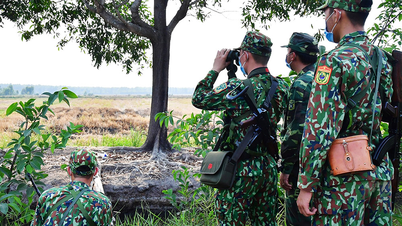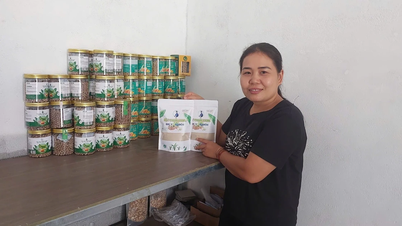Why do journalists turn to this type of journalism? Much of the answer lies in the way they do their jobs.
Local journalist Grace Kenyon of the Adirondack Daily Enterprise interviewed eight storytellers for her research at the Missouri School of Journalism, where she will receive her master's degree in 2024.
Journalists all talk about crafting stories by thinking about characters and settings. They want to tell compelling stories to readers on deeper, more personal levels.

Local journalist Grace Kenyon of the Adirondack Daily Enterprise. Photo: Grace Kenyon
An article is only as good as its documentation.
If you want to write a setting, you need enough detail to make the reader feel like they are there with you. If you want to write a story, or if you want to write a news story that will engage the reader, you need to gather as much information as possible, more than you think you need.
Pay attention to emotions
Traditionally, journalists are objective observers who need to be alert to how beliefs and emotions can influence their perceptions and objectivity in reporting. However, emotions can also be harnessed to better inform reporting.
Thomas Lake, a senior writer at CNN, wrote about Richard Phillips, a man who endured 46 years of unjust imprisonment. During that time, Phillips wrote poetry and painted. Lake recounted standing in Phillips’ room and being struck by one of his paintings.
Lake said that if he put emotion into his writing or interview, the reader might feel something similar to the moment when Lake stood in front of Phillips' painting.
What is the article really about?
This is a question that journalists ask themselves every day, as they need to get to the heart of an issue or figure out what's most newsworthy to include in their introduction.
However, many journalists go further to identify common experiences in the article that are relevant to readers, even if they have not experienced the exact situation in the article.
Lane DeGregory, a longtime business reporter for the Tampa Bay Times, said she looks for universal themes in her articles. “Even if they don’t relate to the person I’m writing about, they can relate to revenge or love or hope or heartbreak,” DeGregory said.
These themes give articles power beyond the usual news coverage, while also giving journalists a way to focus their writing.
Bridging the gap between readers and news sources
Narrative journalism is often characterized by rich detail. Readers are immersed in the world they are reading about, including the thoughts and feelings of the people in the story. Obtaining these details for literary journalism requires lengthy interviews and detailed questioning.
“You close the gap between the reader and the subject of the article,” says Jenna Russell, a New York Times journalist. “To me, that’s where you create empathy, when that gap is closed.”
Share about yourself in an interview
Every journalist emphasizes the importance of spending time with sources, entering their lives, becoming intimately familiar with difficult circumstances and situations.
Robert Sanchez, editor of 5280 Magazine, believes that sources shouldn't be forced to be vulnerable when sharing their lives during interviews. Instead, he only pulls out his notebook once he's made a personal connection with his sources. He also tries to share parts of his own life and prefers to approach reporting through conversations with his subjects.
“When I sit down and talk to a character, I'm trying to understand the whole humanity of that person. I'm trying to find out the absolute most about that person, and the only way I can do that is if I can also talk about myself,” Sanchez says.
Ngoc Anh (according to RJI)
Source: https://www.congluan.vn/nhung-chia-se-va-kinh-nghiem-ve-bao-chi-ke-chuyen-post313318.html





































































































Comment (0)